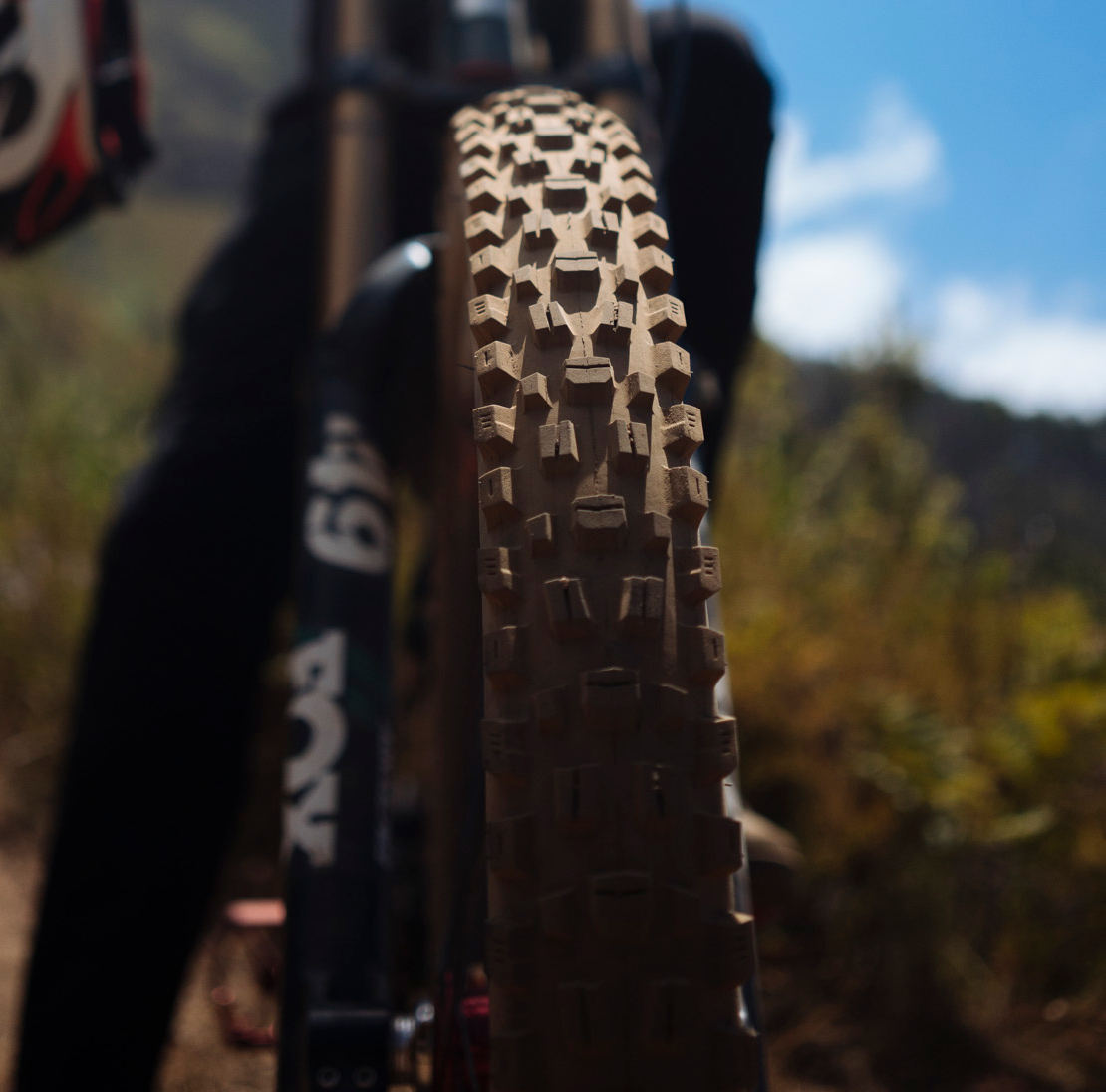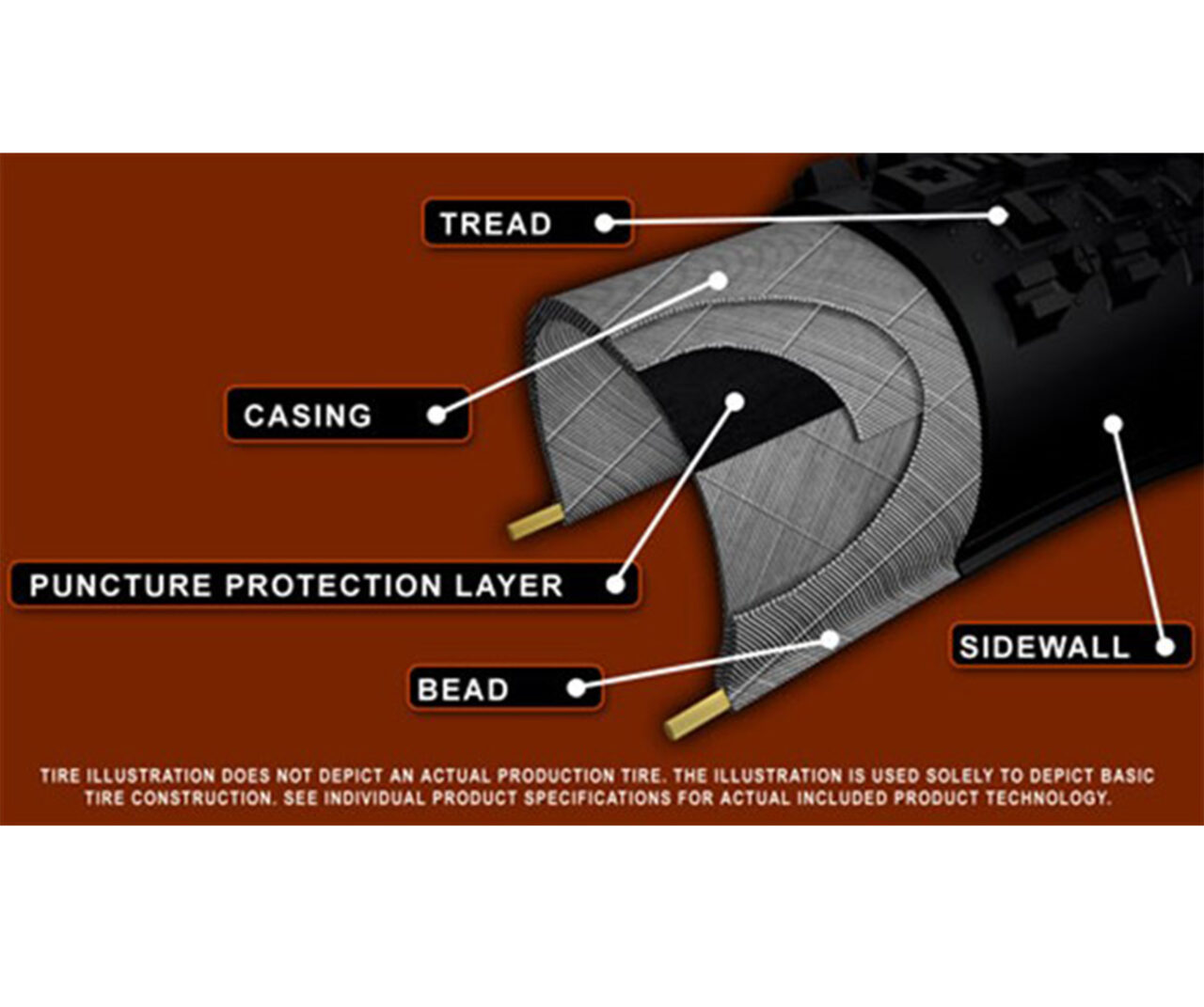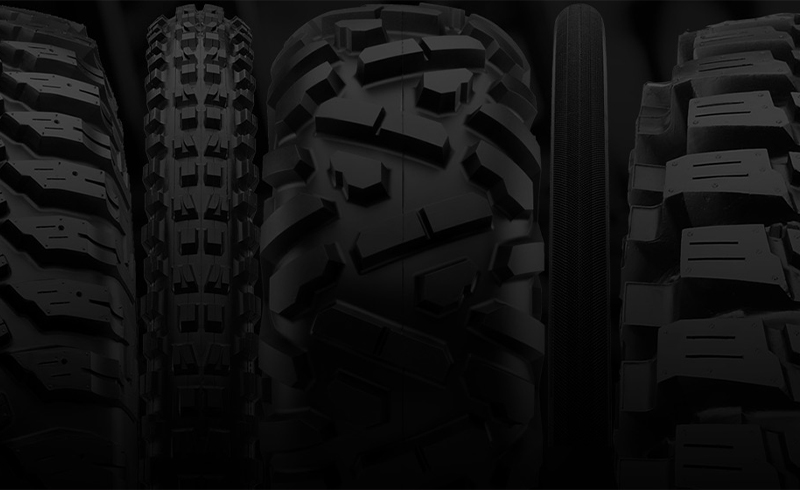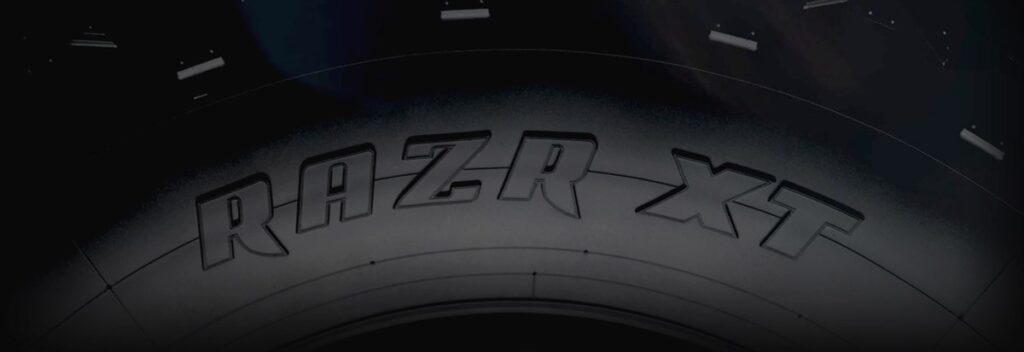Only use tyres for designated terrain, on an appropriate bicycle and using proper safety equipment at all times. After replacing worn tyres, take time to become acquainted with the handling and performance of your new tyres.
Follow tyre pressure guidelines located on your tyre and check your tyre pressure before every ride. Also check your valve cores for damage and if found to be damaged replace them.














